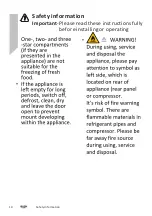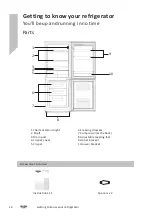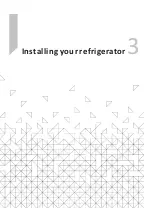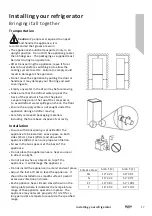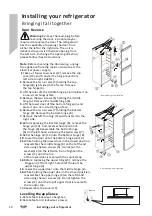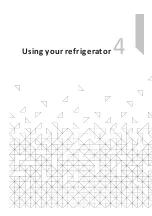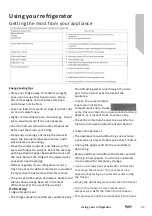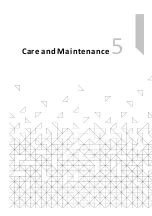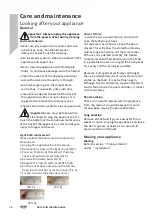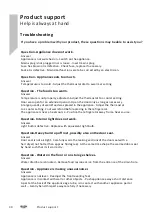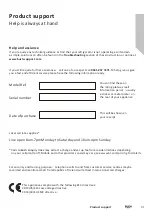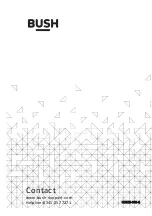
Using your refrigerator
Getting the most from your appliance
Using your appliance
1. Temperature adjustment
.
The compartment
.
To ensure the compartment is maintained at
the desired temperature, it is advised to
monitor the temperature periodically by a
thermometer and adjust the thermostat
accordingly.
Final checks before operating the appliance
1
.Good air circulation around the appliance in
position.
2
.The feet have been adjusted for perfect
levelling.
3
.Clean the compartment per recommendation
in section
Care and Maintenance
.
4
.Plug in the appliance
The compressor starts up and in
operation may produce some background noise
this is normal, this is not a defect.
temperature can be set by
the thermostat between "1"and "7"(coldest
setting), while the "0" means turn off.
We recommend setting the thermostat
midway first.
.
Load the appliance after switch on for a while
to allow the temperature to reach the desired
setting.
2. Storing fresh food
.
Use the fridge compartment to store fresh
food and drinks.
.
Do not exceed the food capacity that the
appliance unable to handle.
.
Do not put warm food in the appliance
immediately as it may cause excessive
cooling of the compartment.
.
Set the temperature knob at medium position
for storing fresh food.
.
Do not mix already frozen food and fresh food.
3. Storing frozen food
.
The freezer compartment is 4 Star rated
and
suitabl e fo r th e freezin g and
storag eo f
pre-frozen food.
.
Check the food packaging for suggestion
before storage.
Before first use
22
Using your refrigerator
The following guidelines and recommendations
are suggested to obtain the best results and
storage hygiene.
Temperature to rise so the door should be closed
as soon as possible.
For hygiene reasons, it is always a good practise
to pack, wrap and cover the food before storing.
Use a polythene bag to store raw meat and place
on the lowest shelf. Avoid contact with cooked
food to prevent contamination. For safety
reason, store raw meat for two to three
days only.
Cooked dishes must be stored in airtight covered
containers.
Food should cool to room temperature.
Most vegetables should be blanched and chilled
before freezing.
Bottles can be placed in the door section.
Some fruits and vegetables like pineapples,
melons, tomatoes, and cucumbers should be
wrapped in polythene bags.
Do not leave frozen food at room temperature to
thaw. You could defrost the food by putting it in
the fridge to thaw slowly. Make sure you avoid
defrosting food dropping food juices on
to other food.
Useful information
.
.
.
.
.
.
.
.
.
Summary of Contents for M55152SB
Page 1: ......
Page 2: ...M55152SW M55152SB...
Page 5: ......
Page 6: ...Safety information 1...
Page 12: ......
Page 13: ...Getting to know your refrigerator 2...
Page 16: ......
Page 17: ...Installing your refrigerator 3...
Page 21: ......
Page 22: ...Using your refrigerator 4...
Page 25: ......
Page 26: ...Care and Maintenance 5...
Page 29: ......
Page 30: ...Product support 6...
Page 34: ...Contact www bush support com Helpline 0345 257 7271 CKBSH S02 E CKBSH S02 E...



